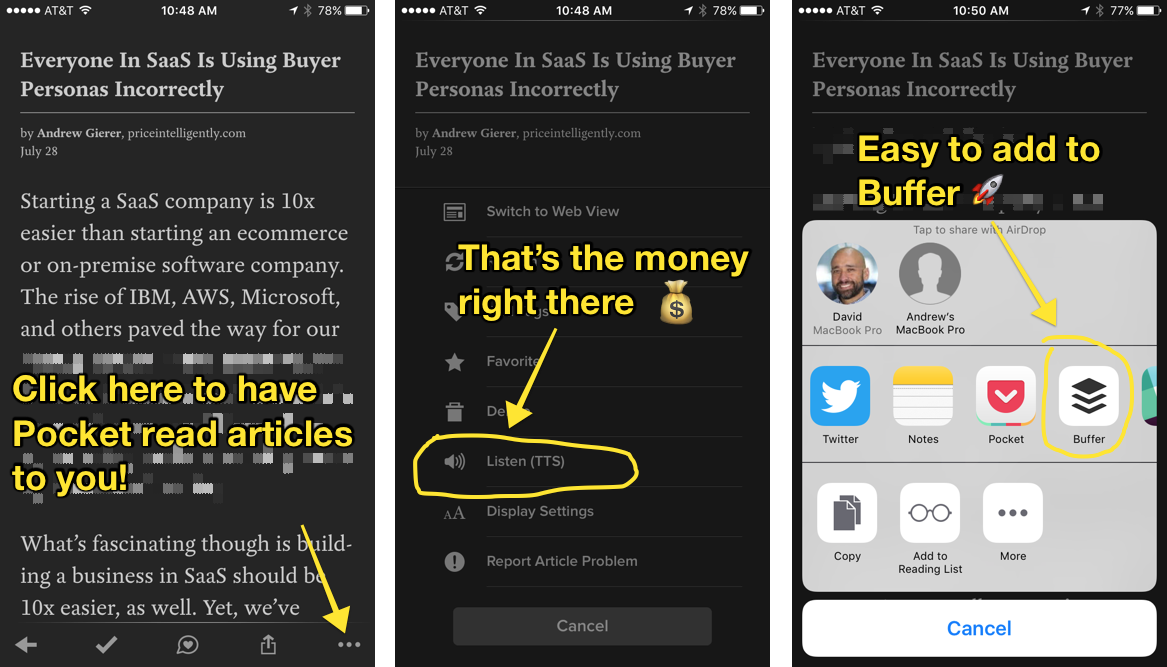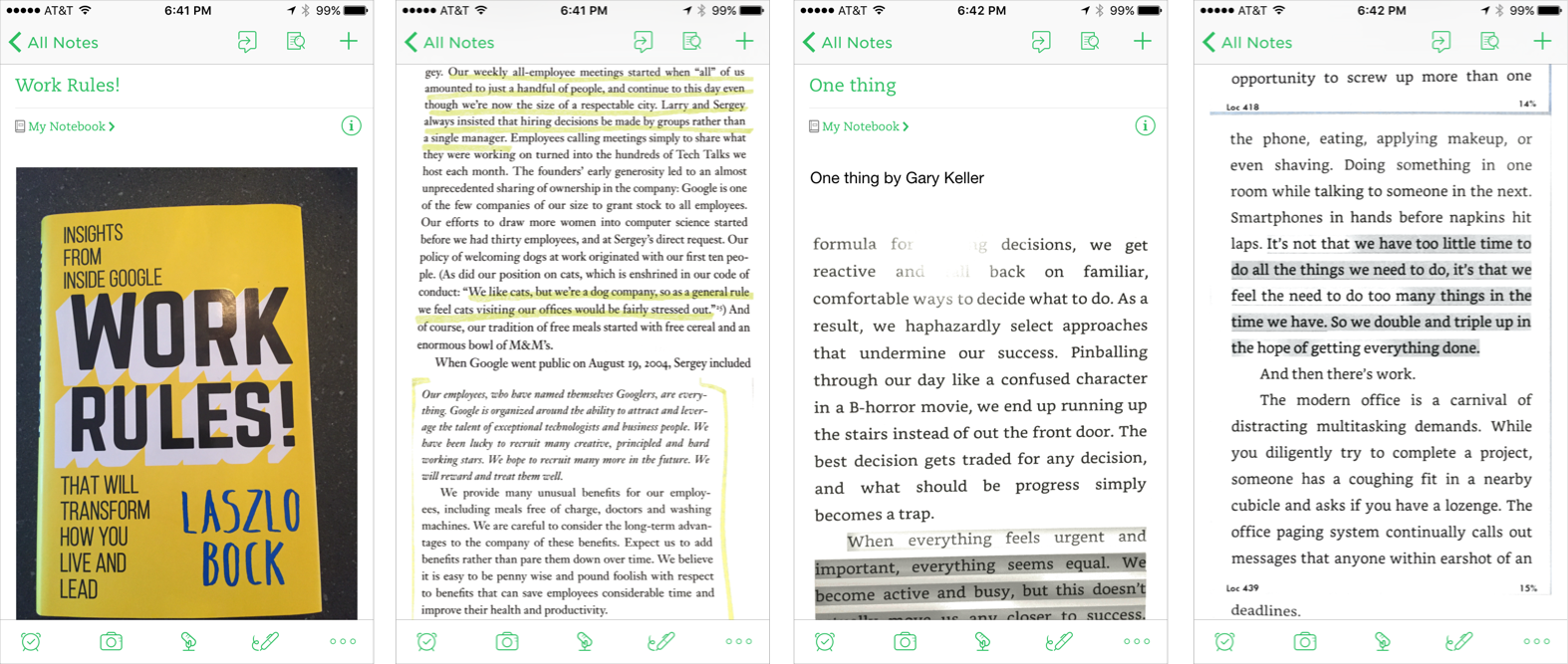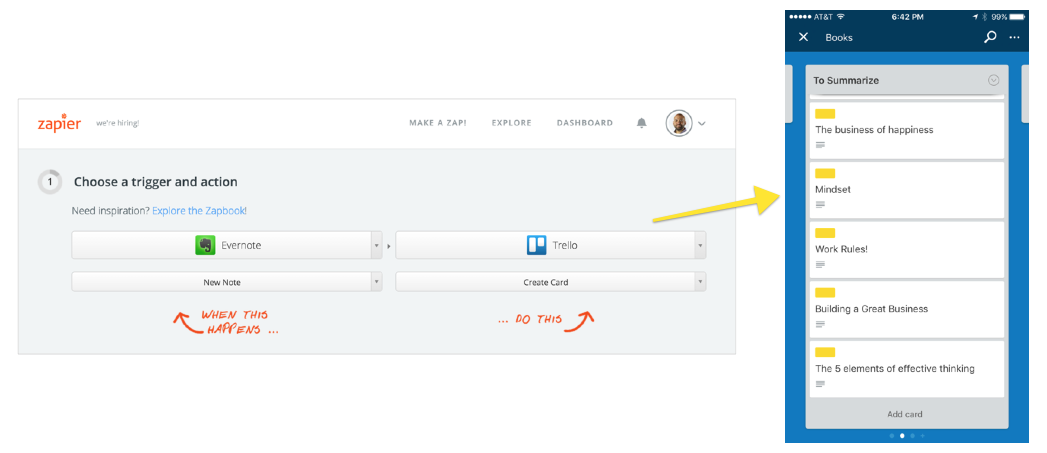How To Become A Learning Machine: My Tips For Reading More
How To Become A Learning Machine: My Tips For Reading More
“A man only learns in two ways, one by reading, and the other by association with smarter people.” — Will Rogers
People ask me all the time for hacks, tips, tricks, shortcuts, etc. when it comes to creating companies/teams/products — in other words how to accelerate success.
Every time I get the question, I cringe.
There’s only one shortcut I’ve learned after five companies (Drift is my fifth): learning from others.
The only way I know to accelerate your progress is through learning from others.
Learning from colleagues, learning from mentors, learning from those that are just a little ahead of you. Learning from those that are decades ahead of you.
Like Warren Buffett said “It’s good to learn from your mistakes. It’s better to learn from other people’s mistakes.”
This is where books come in.
Learning from books is by FAR the cheapest and fastest way to hit the “Ludicrous mode” button on your life.

(Now, learning from the right books is a subject for another day. But in this post we’re just focusing on step one).
Selection Framework: How I Pick Where To Read
My framework for reading starts by prioritizing the medium that I use.
First I prefer to invest my time reading books over magazine articles and blog posts although I do both.
I prefer books because it is easier for me to find those books which have stood the test of time. I’m letting the market filter through the millions of books in publication and surface those that have lasting value.
For the small cost of a book, I am “downloading” the author’s experiences into my brain and shortcutting the learning process.
How I Prioritize Books:
- Physical Books — my preferred medium. Reserved for those books that I expect to re-read multiple times, are longer in length and/or I will need to make lots of notes/highlights in.
- eBooks (Kindle) — used for books that are shorter in length and/or I expect to read only once. (Note: if I find a hidden gem here I will often also purchase the physical book)
- Audiobooks (Audible) — used for entertainment focused books and/or those books that I consider to be disposable.
Online Blog Posts And Articles
- Read it ASAP. I want to avoid the cognitive load that comes from TODO lists and trying to remember to do a task. If possible, I read the article immediately and move on.
- If I consider an article entertainment (not important) or I simply can’t read it now I put it in Pocket. I rarely go back and read these but it’s a cheap form of bookmarking. When I do go back and read these posts I use the hidden text to speech feature to read the articles to me while walking or driving. Bonus: Pocket makes it easy for me to add articles to Buffer so I can share them on Twitter, Facebook and more.

Notetaking: Remembering What You Read
One of the most important habits I have when it comes to reading is taking notes. I take notes so that I can come back and summarize what I’ve learned.
How I Take Notes
For physical books I use a yellow highlighter. For eBooks I use the built-in highlight function available with Kindle.
Periodically I spend time taking photos of the highlights I’ve made in a book and saving those in Evernote. I create one Evernote note per book and store all the highlights in that note. I store those photos in Evernote because the built-in OCR allows me to search the text in the photos in the future.

Lastly I use a Zapier to create a Trello card for every note I tag with the word “book”. I do this to remind myself to revisit these notes in the future and to have a running list of the books that I have read and highlighted.

Finding Time To Read
We’ve talked about picking reading material and a system to remember what you’ve read, but the hardest part (or the one thing that people always ask about it) is when to read.
Here’s the catch: there are no shortcuts here either.
You have to make it a priority. Just like you’d prioritize time with your family, health and your work, reading needs to be a priority if you want to learn.
And you’ll be surprised how much of an impact you can make on your learning by spending just 15 minutes/day reading.
Start there. Set aside 15 minutes to read everyday, and the rest will follow.
You can listen to more about this whole process and how I find the time to read on the latest episode of Seeking Wisdom.
